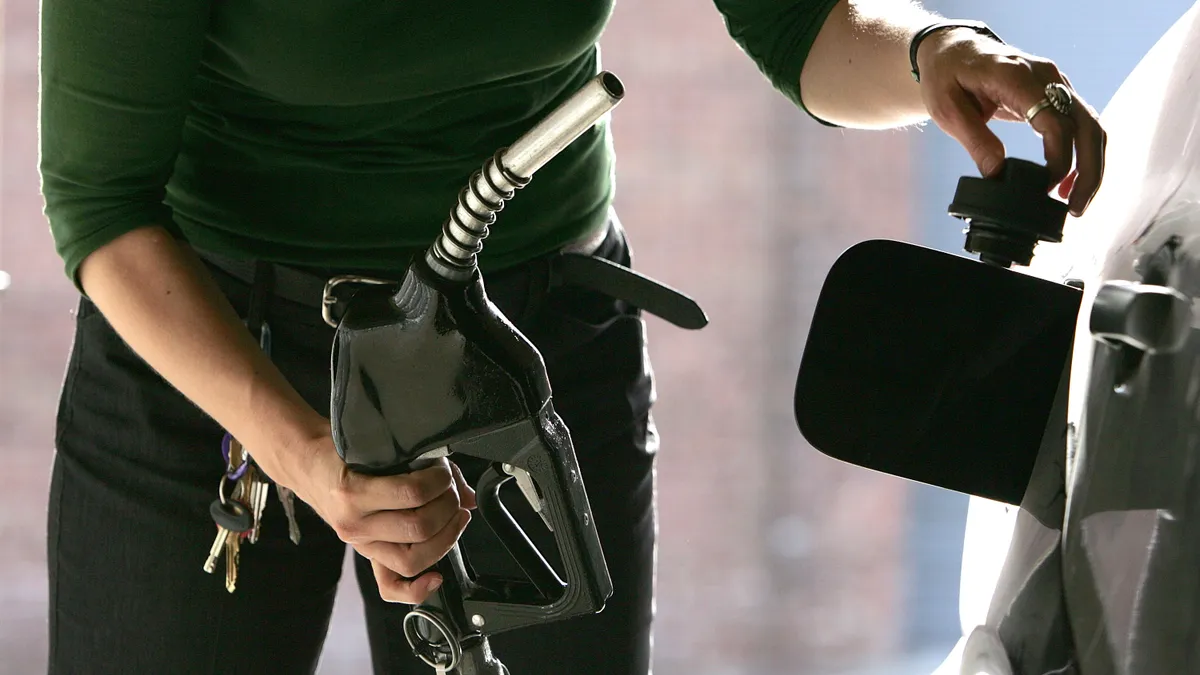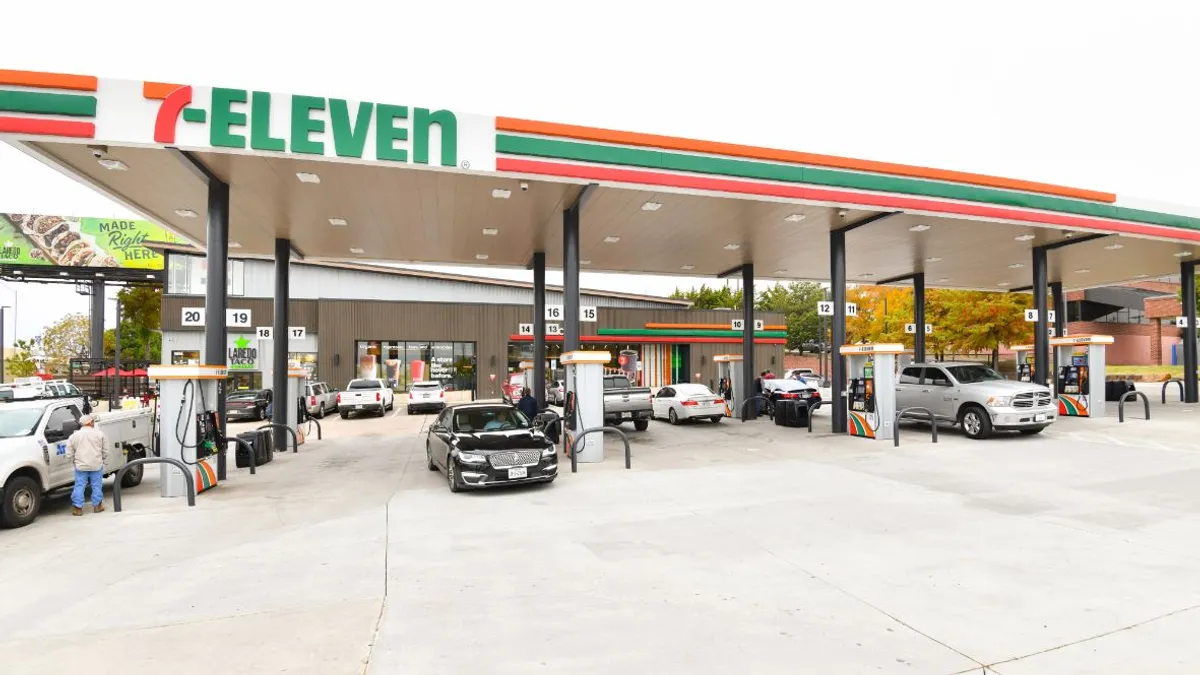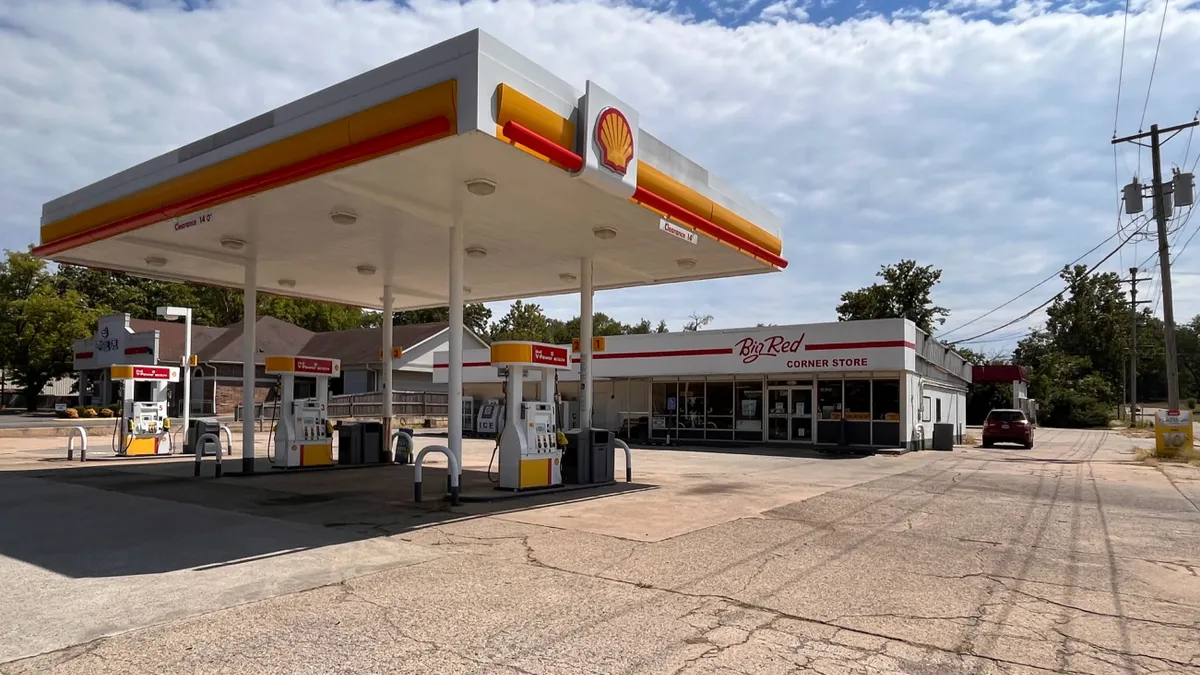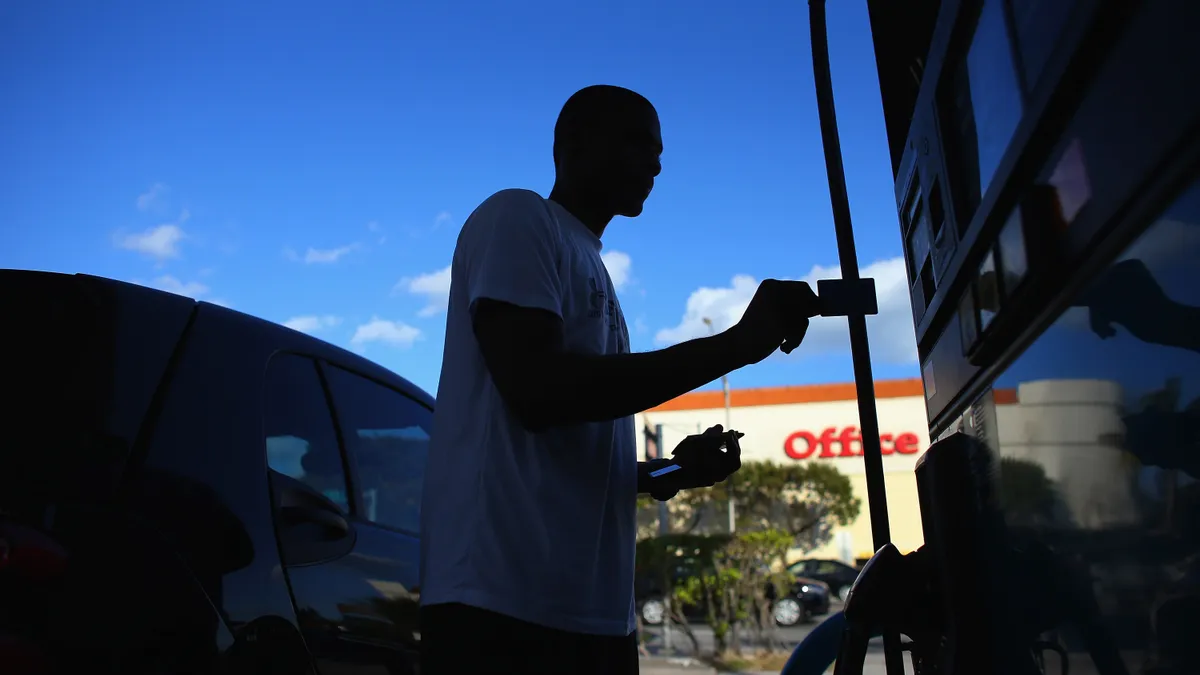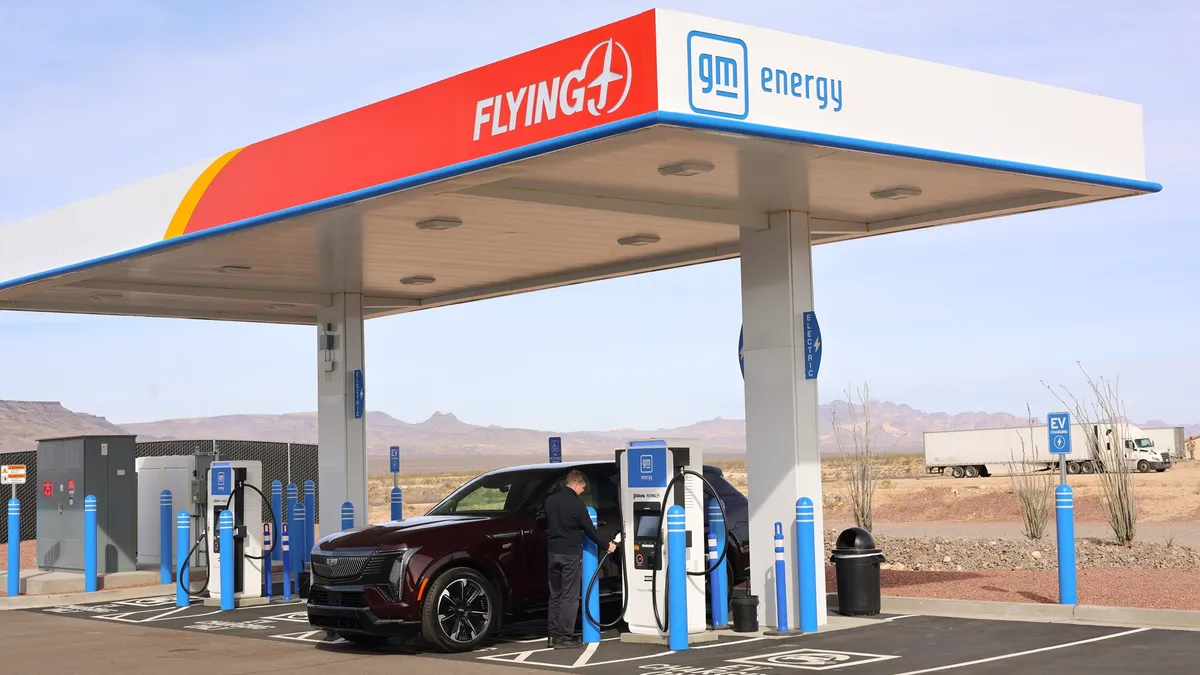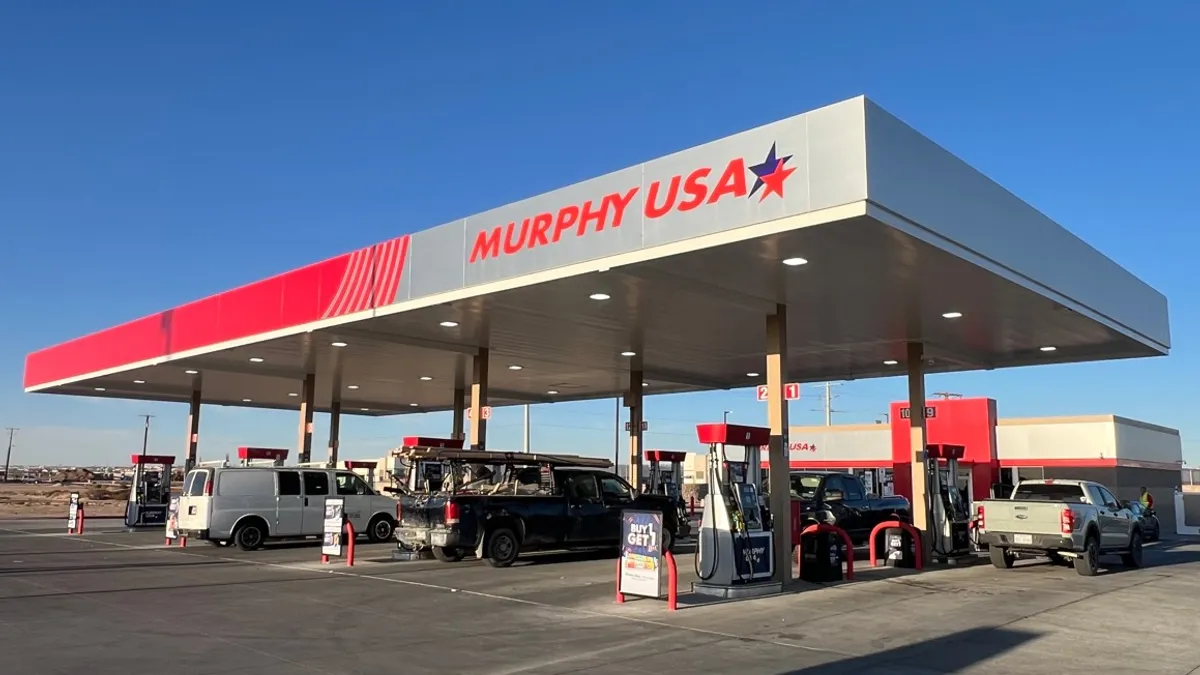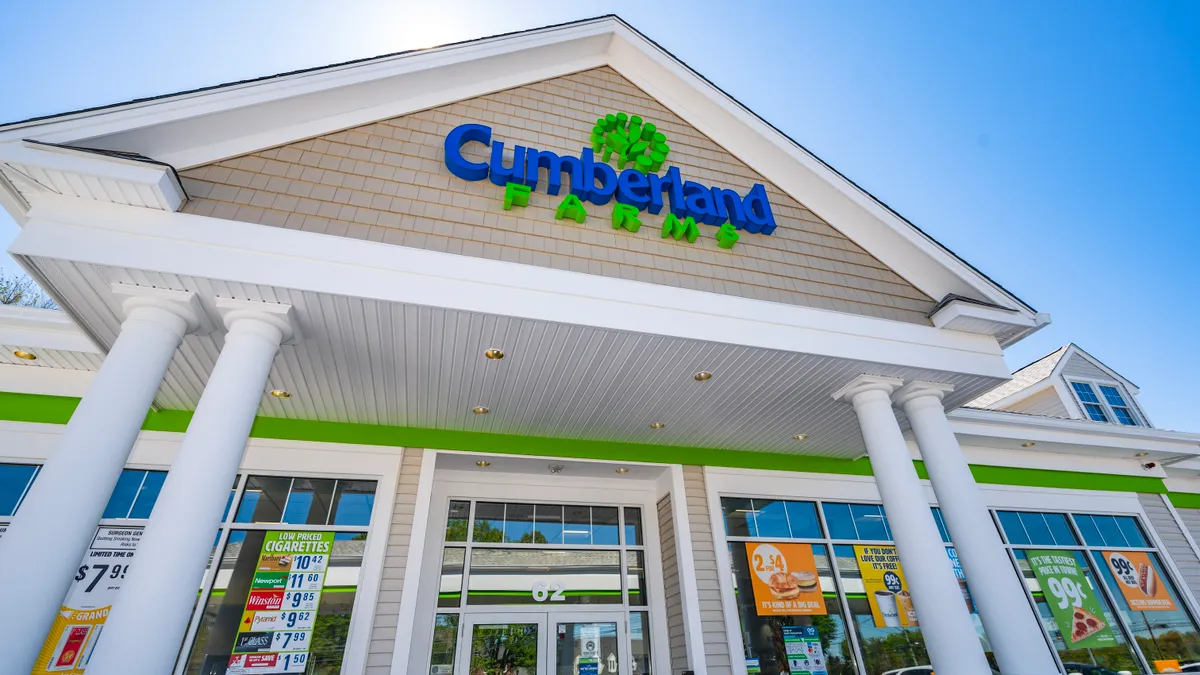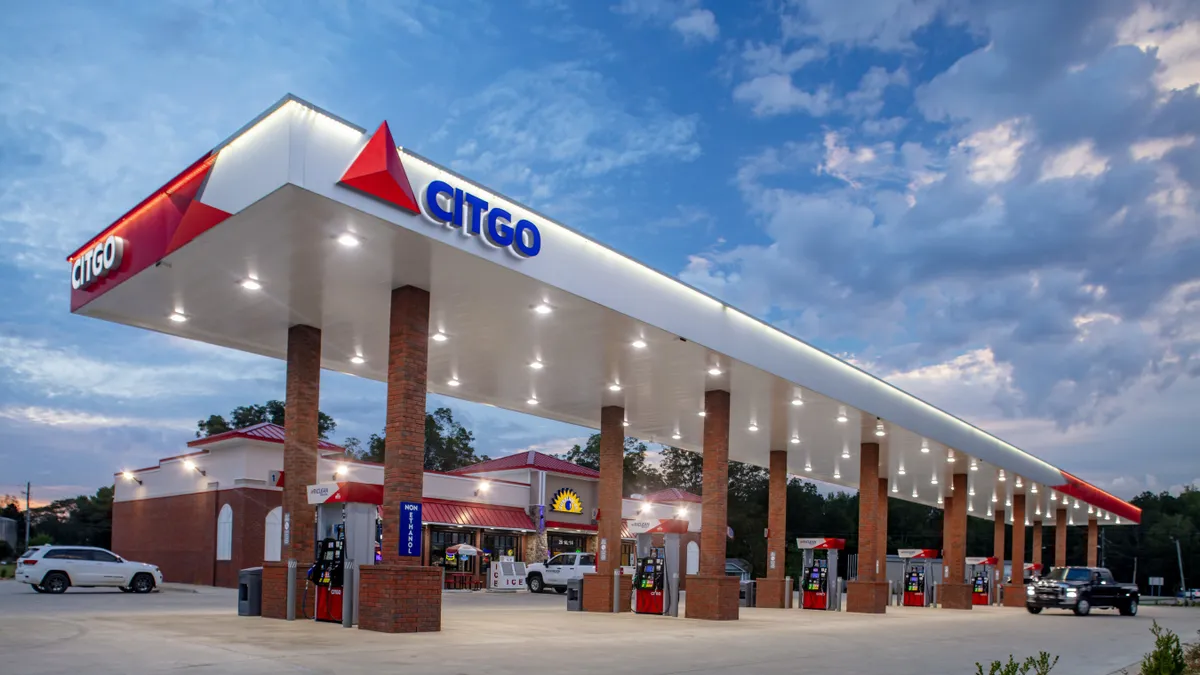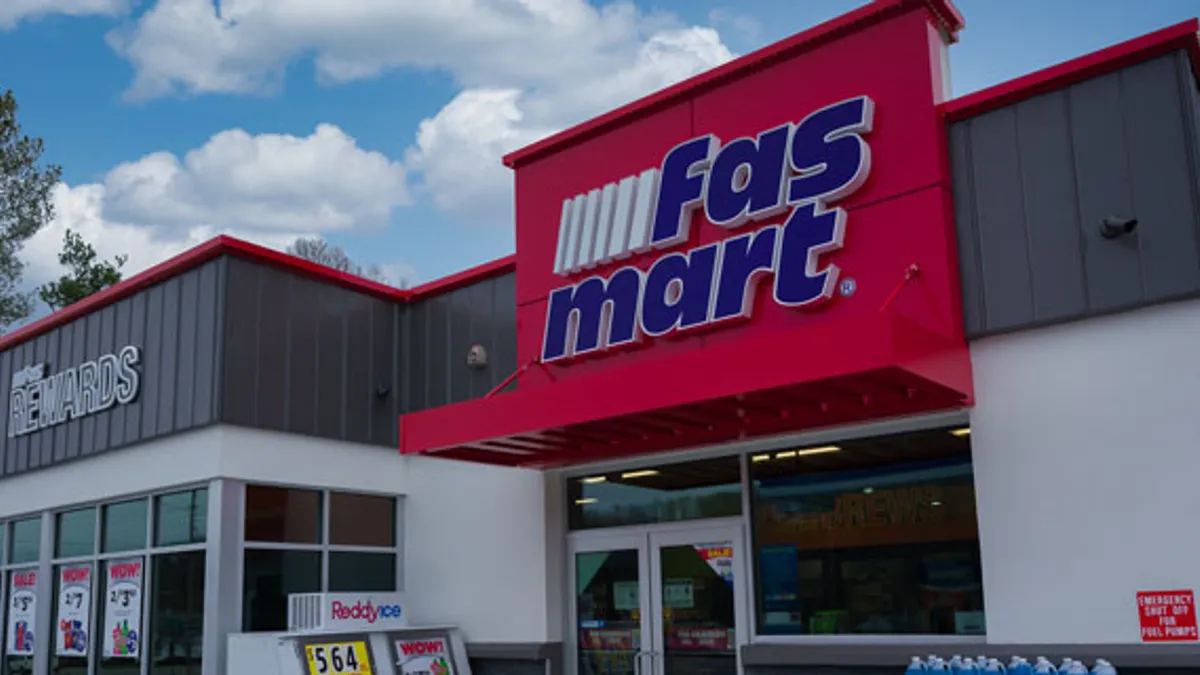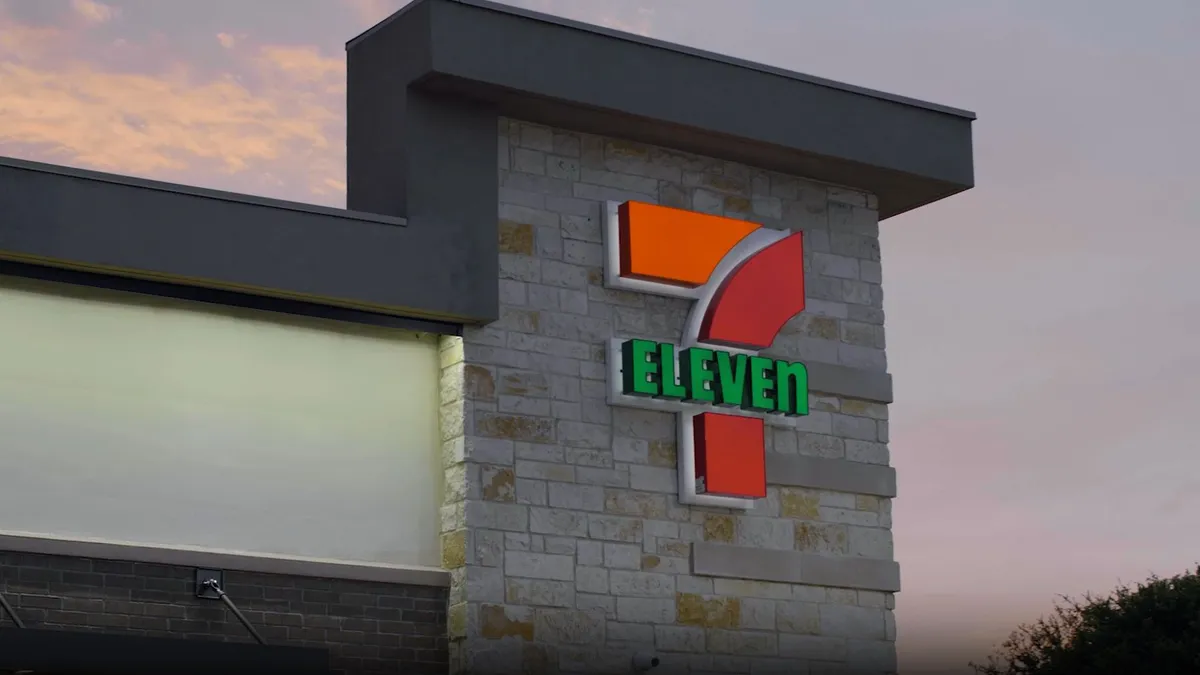C-store retailers are feeling the effects of surging gas prices, as both fuel trips and gallons purchased at the pump dropped during Q2.
Although gas prices seem to be falling, the current national average is still up more than 70 cents compared to this time last year, according to AAA. This raises the question: How can c-store operators reel consumers to the pump as gas prices remain high?
Here are four ideas worth considering.
Prioritize generic over branded fuel
According to a 2022 study from customer arrival platform Bluedot, nearly 90% of consumers say price impacts their decision when choosing a gas station, and 64% say they choose the cheapest gas station if it’s close — indicating price is a primary driver of gas trips, the study said.
While c-store operators can’t control their gas prices, they can control what type of fuel they offer — and many consumers don’t seem to care for branded over generic fuel. Specifically, half of consumers believe there’s no difference between branded and generic gas, and although 28% believe branded gas is higher quality, they aren’t willing to pay more for it, according to Bluedot, whose report incorporated survey responses from more than 1,500 consumers. In fact, only 22% of consumers believe branded fuel is higher quality and are willing to pay more.
In 2005, ABC News and the Maryland State Comptroller’s office ran a test to find the differences between branded and generic fuel. They found that, beyond the primary difference being the amount of detergent distributors add to branded fuel, the two types are essentially the same in terms of quality.
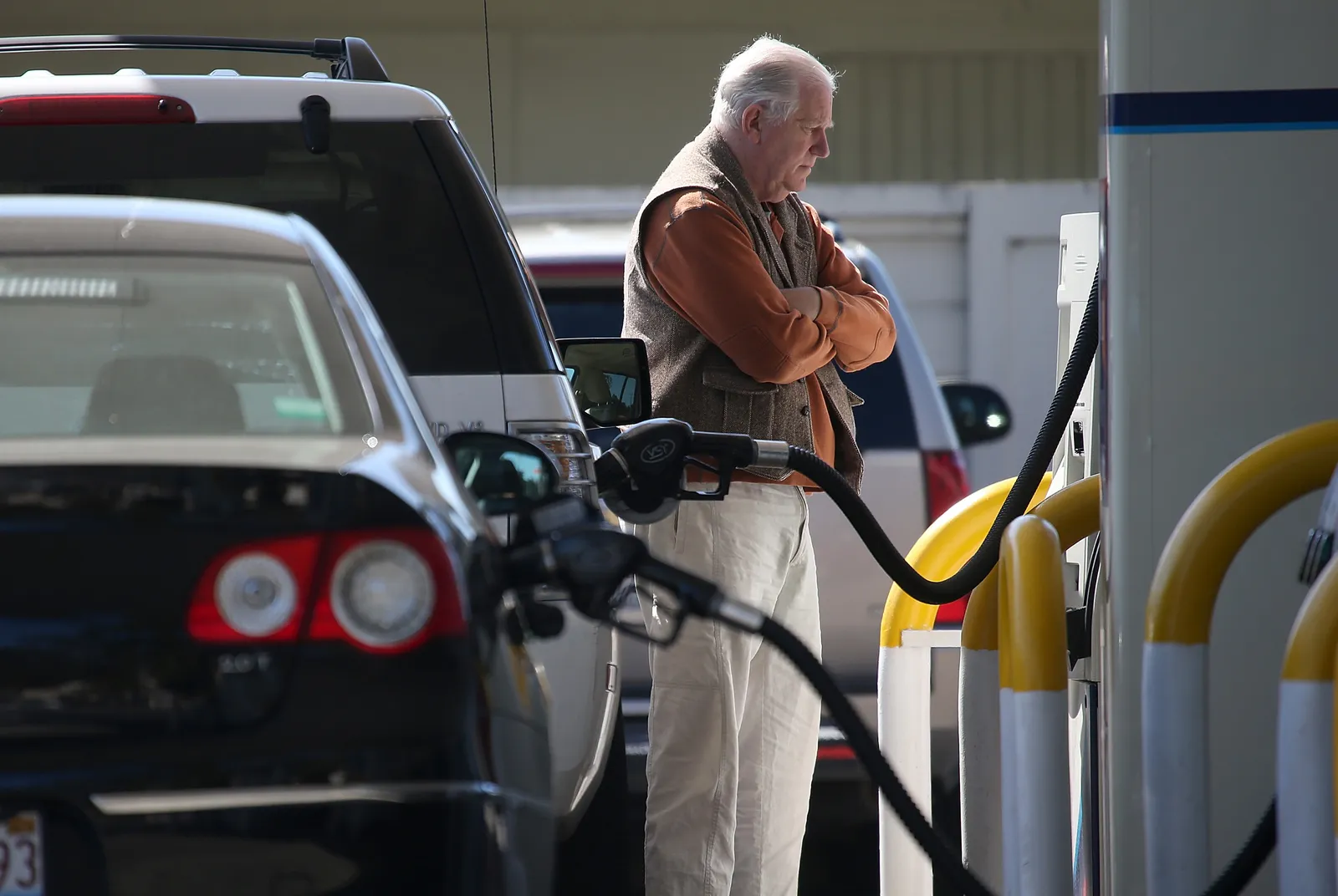
Protect customers from credit card fraud
Credit card fraud at the pump is a major worry among consumers — 83% said they are concerned with it, according to Bluedot. They’re so worried that in many cases, consumers want to avoid using their card altogether when paying for gas, Bluedot said.
“Driven by concern over credit card fraud, the majority of consumers would like to skip swiping or inserting their credit card when paying at the pump,” the firm’s report noted.
While some c-store brands are moving in a direction that doesn’t require customers to use credit cards at the pump, this sort of innovation may not be realistic for the industry at large. For retailers that didn’t meet the April 2021 EMV liability shift deadline — making them liable for potential credit card fraud at their pumps — they can take daily precautions, according to the National Association of Convenience Stores (NACS). These include:
- Monitoring dispensers for high levels of invalid card read errors or problems accepting cards.
- Creating and posting a reference sheet of suspicious activity in the forecourt.
- Training store personnel to perform daily site-level dispenser security checks.
- Staying current on security standards, as well as fraud and theft vulnerabilities around the industry.
- Requiring technicians to sign in before any work is performed on forecourt equipment.
“No single solution will completely prevent this criminal activity, but strong security procedures can significantly reduce the opportunity,” according to NACS.
Enhance the digital screen experience
The strongest evidence that retailers should improve the digital screen experience at the pump is the fact that half of consumers choose to look at their phones instead while pumping gas, according to Bluedot.
“Digital screens at the pump irritate customers,” Bluedot said.
This frustration stems from irrelevant ads, presenting something uninteresting or being too loud, the firm’s report noted.
Thirty-seven percent of consumers said they’d like to get c-store deals on the screen, while the same percentage also said they’d like to see their loyalty points and levels on the screen, according to Bludeot. Additionally, about 30% said they’d like to see news and entertainment, while 27% said they want to see featured food items from inside the store.
During a recent NACS webinar on digital media in c-stores, IV Dickson, VP of digital signage and digital experience for network services company SageNet, said operators can invest in gas pumps that have 2- to 3-foot long screens that offer consumers a multi-faceted digital experience. These screens can be for things like watching news, checking the weather or getting sports updates.
“All of a sudden, it’s like I’m standing in front of a multi-channel environment, even though I’m there to get gas,” Dickson said.
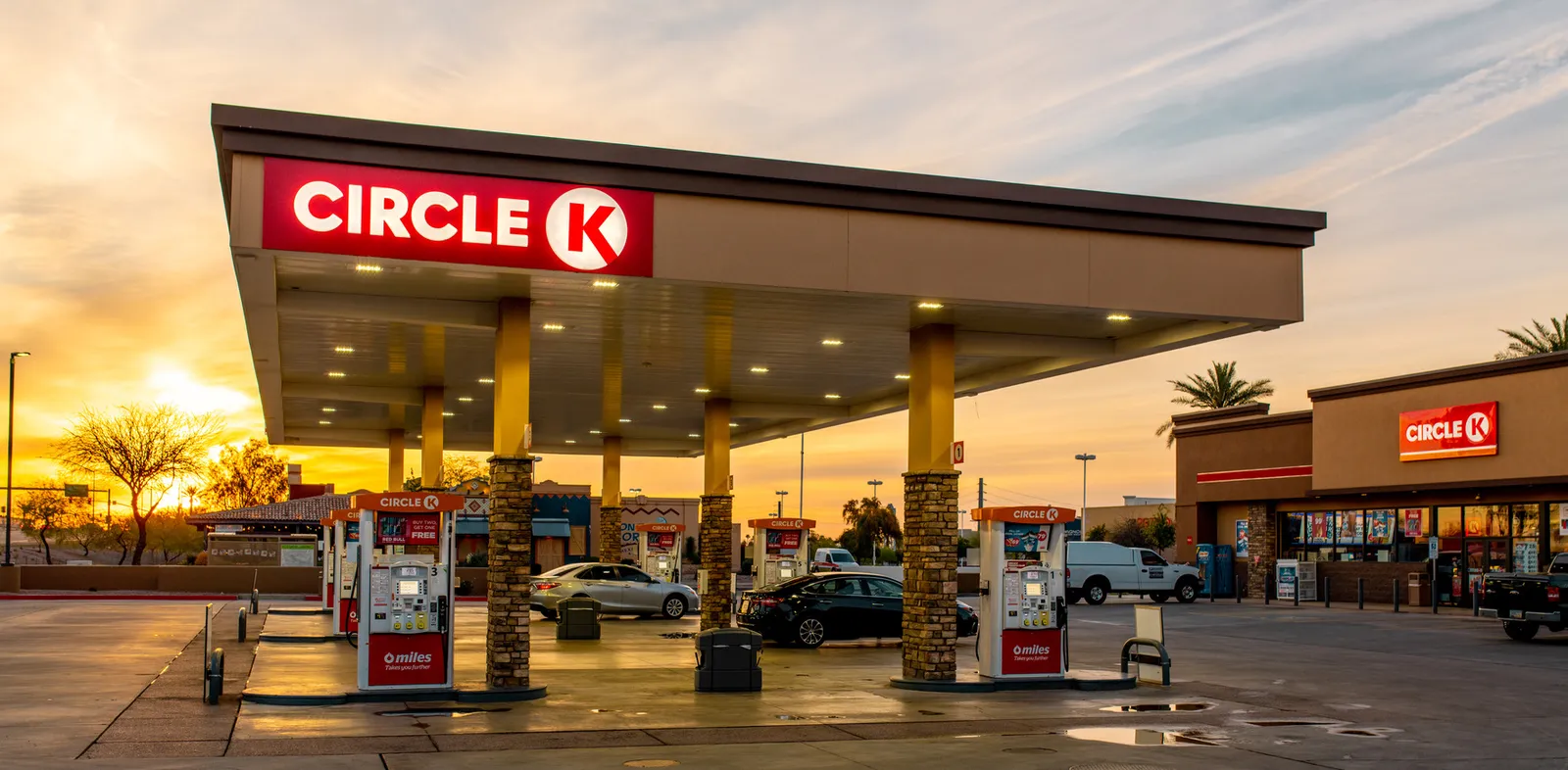
Beef up fuel loyalty programs
Consumer expectations for fuel loyalty programs aren’t being met. About three-fourths (74%) said they join loyalty programs for gas discounts, yet only 44% of loyalty members actually receive discounted gas, according to Bluedot.
As a step in the right direction, ensuring loyalty members get those sought-after fuel discounts is essential.
“To win and retain customer loyalty, gas discounts are a must,” Bluedot said.
Beyond that, consumers don’t seem enthused with using a credit card for their loyalty points, as 58% said they would join a loyalty program without a credit card. But consumers believe gas discounts are only available with gas credit cards, Bluedot said.
In a 2022 Gartner Consumer Community survey, 40% of consumers said they use a specific type of discount credit card at gas stations. These may be co-branded retailer cards for a particular gas station or a rewards credit card offering cash back on gas purchases, which can cause issues.
“Dueling digital purchase paths for co-branded credit cards create confusion — not just for the retailers and banks involved, but also for customers,” Gartner said. “Prospective customers are often left wondering whether it is better to apply for a new credit card directly through the gas station website or through the bank.”
Beyond credit cards, brands can also offer loyalty programs through branded mobile apps or via third-party APIs that deliver personalized promotions, according to Gartner.



